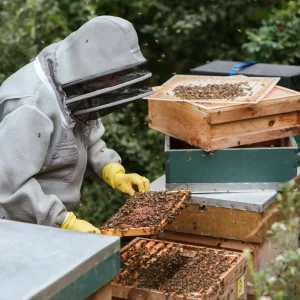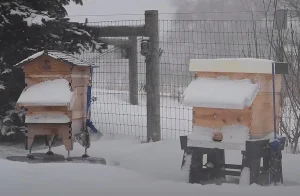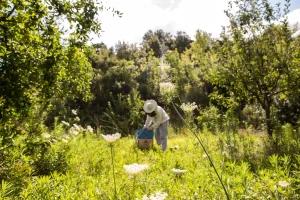Requeening a beehive is an important aspect of beekeeping that a beekeeper should not overlook. The queen bee is the heart of the hive and is responsible for the health and productivity of the colony. Over time, a queen bee’s performance may decline, and replacing her may be necessary. This post will discuss when to requeen your beehive and how to do it.
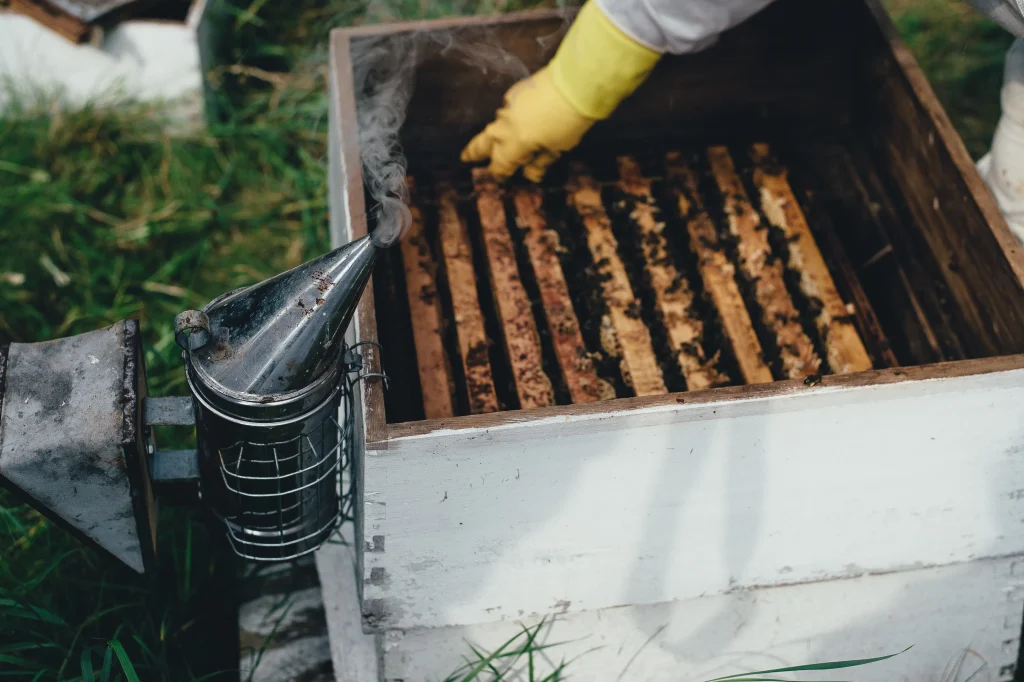
When to Requeen Your Beehive
There are several signs that your beehive may need a new queen. One of the most common signs is a decline in the overall productivity of the colony. Signs may include a decrease in honey production or a reduction in the number of bees in the hive. Other signs that may indicate a need for requeening include:
- Aggressive behaviour in the colony
- Poor brood pattern
- Reduced egg-laying by the queen
- Queen is aging (older than two years)
It is important to note that some beekeepers opt to requeen their hives as a preventive measure, regardless of whether the queen shows signs of decline. Elective requeening typically occurs every 1-2 years to ensure the hive is always at its peak performance.
How to Requeen Your Beehive
Requeening a beehive involves removing the old queen and introducing a new queen to the colony. Here are the steps to follow:
Step 1: Choose a Suitable Replacement Queen
When choosing a replacement queen, selecting a queen that is genetically superior to the existing queen is essential. This will help ensure that the colony continues to thrive and produce. You can purchase a replacement queen from a reputable beekeeping supplier, or you can raise your own replacement queen.
Step 2: Isolate the Existing Queen
Before introducing the new queen, you must isolate the existing queen. This can be done by placing a queen excluder between the brood chamber and the supers. This will prevent the queen from laying eggs in the supers and allow the colony to get used to the queen’s absence.
Step 3: Introduce the New Queen
After the existing queen has been isolated, it is time to introduce the new queen. The easiest way to do this is to use a queen cage. This small cage contains the new queen and a few worker bees. The queen cage is placed in the hive, and the worker bees will gradually release the queen over several days.
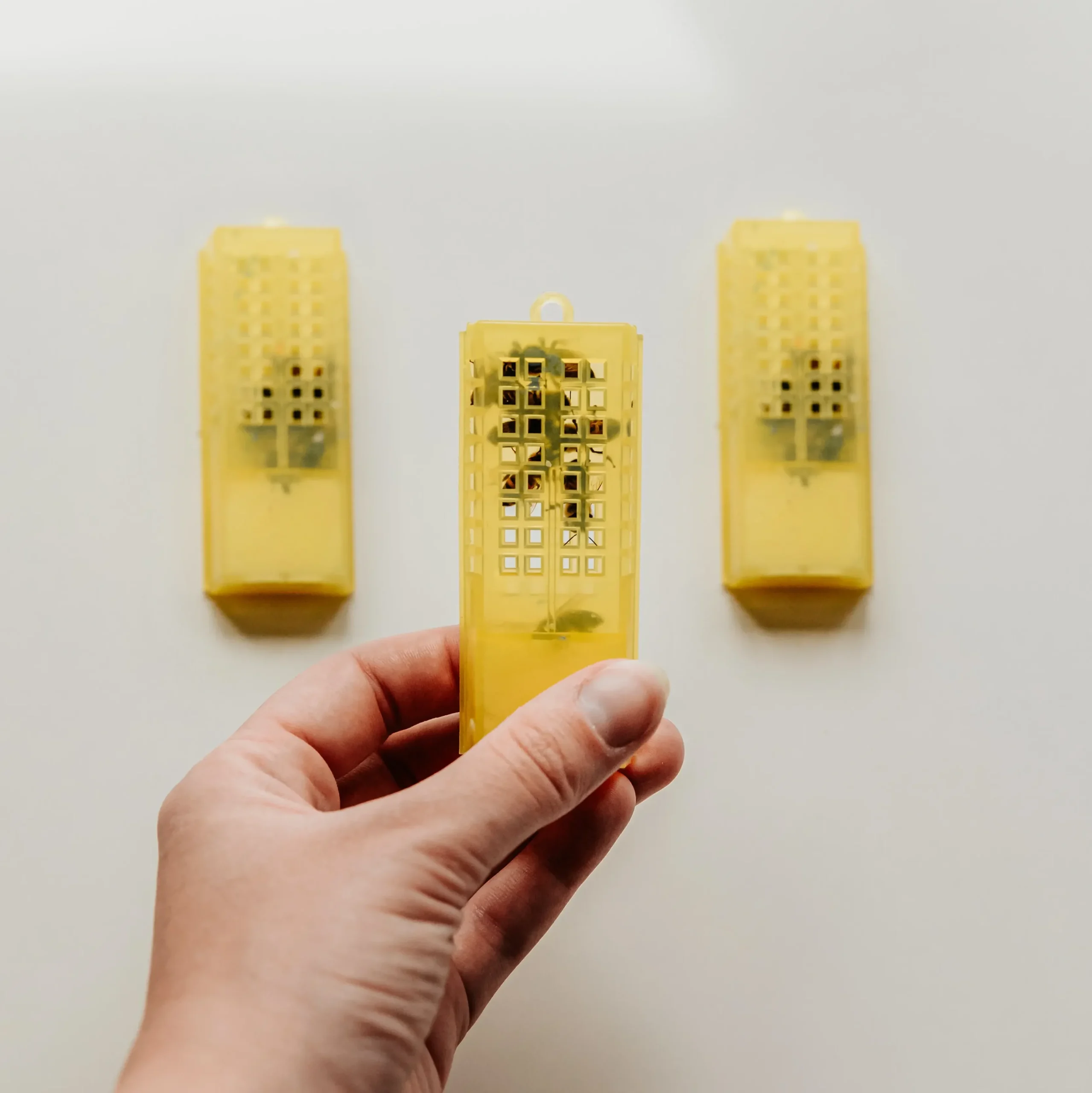
Step 4: Monitor the Colony
After introducing the new queen, monitoring the colony for a few weeks is vital. Monitoring will allow you to ensure that the new queen has been accepted and is laying eggs. If the new queen is not accepted, you may need to try again with a different queen.
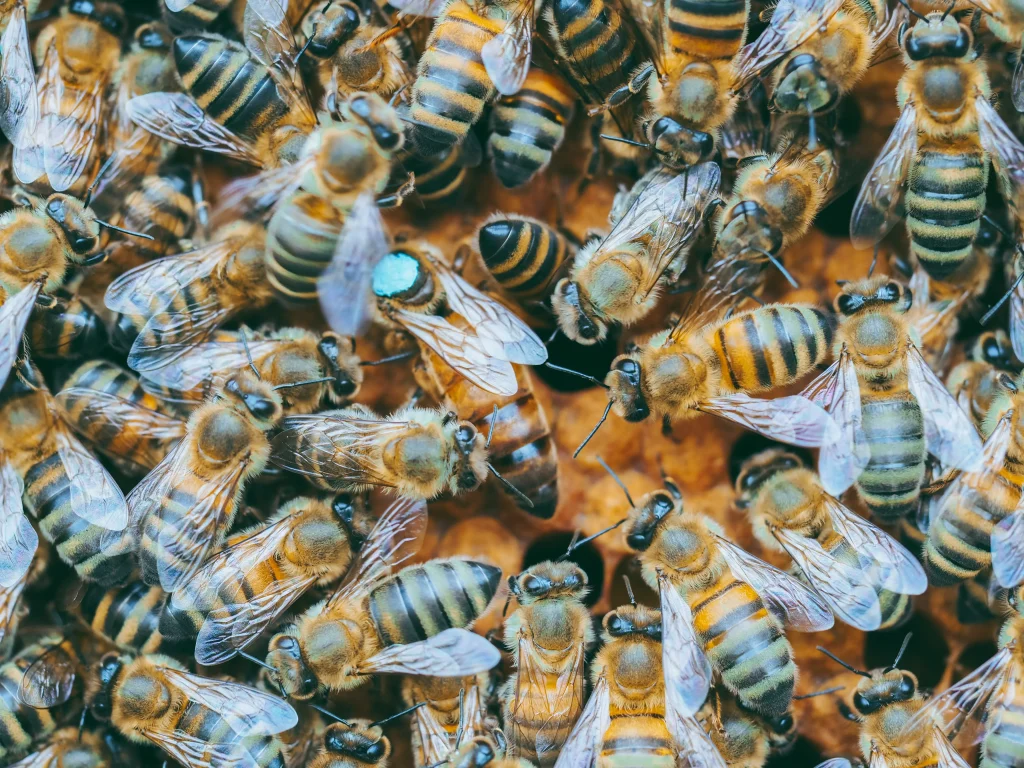
Requeening a beehive is an essential part of beekeeping that should not be overlooked. It is important to be aware of the signs that your hive may need a new queen and to take action promptly. To further equip yourself with knowledge such as this, we highly recommend enrolling in an online beekeeping course that can give you the foundations to grow a healthy colony of bees successfully. Flow has developed an excellent course that we have undertaken and highly recommend. To learn more about the course or to enrol, click here.
